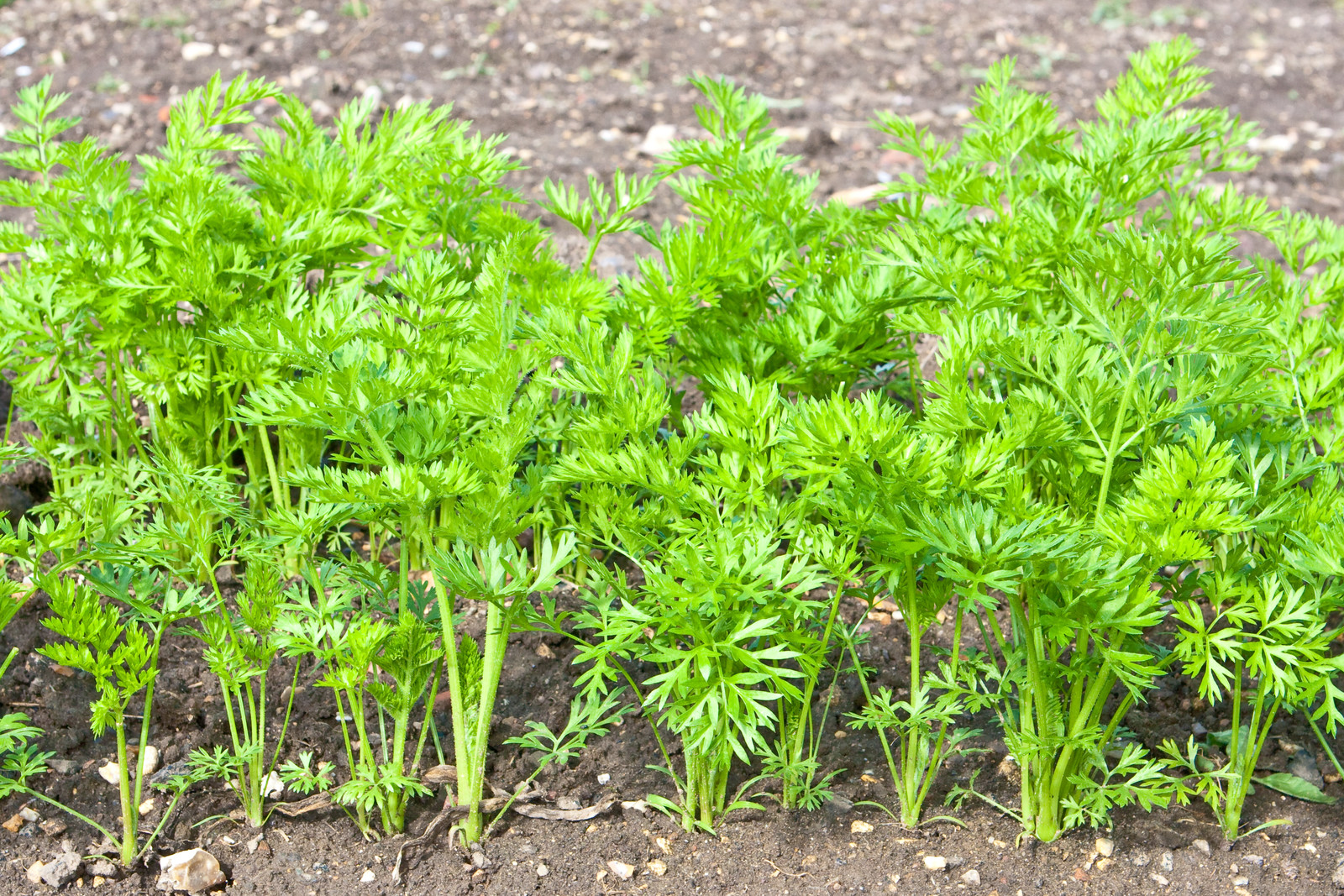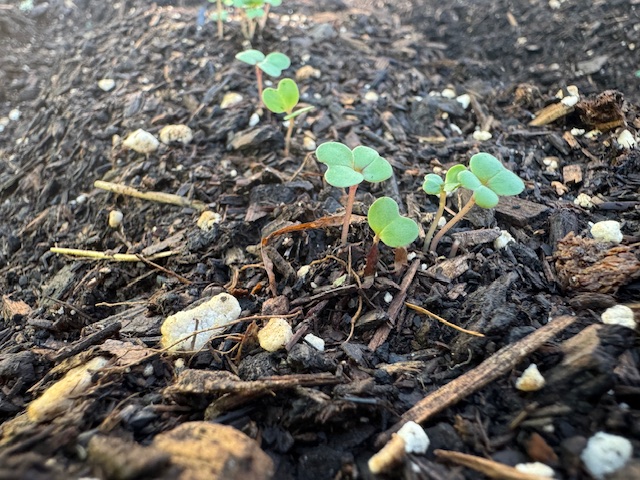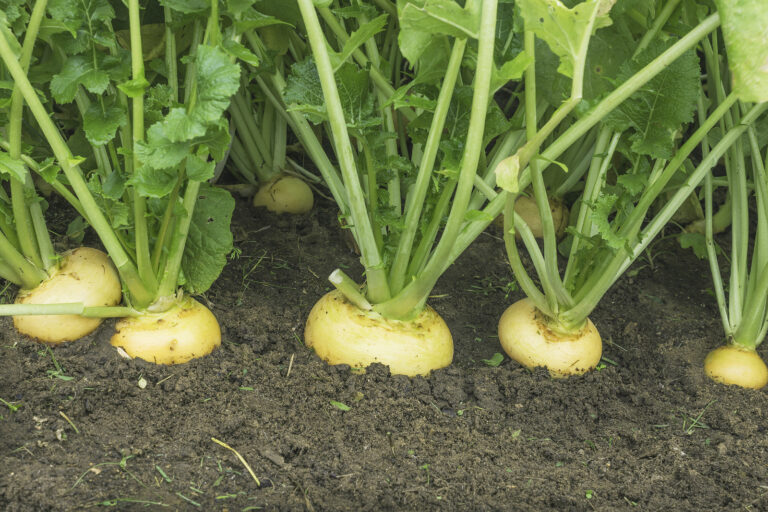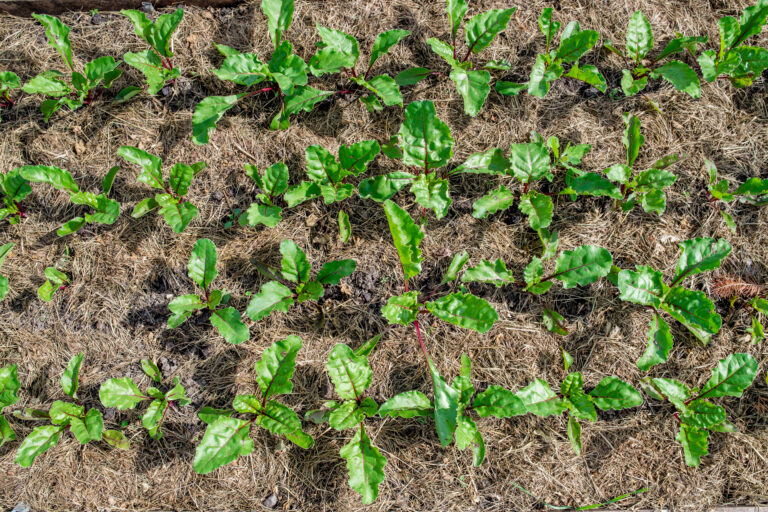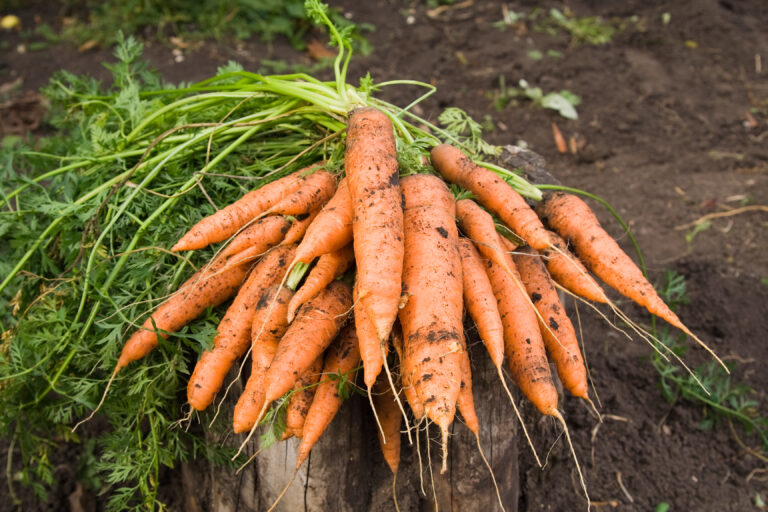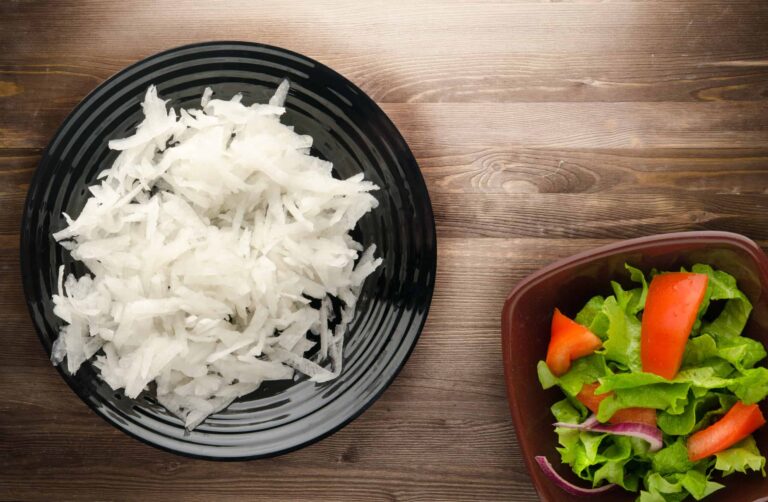Caring for Carrots Throughout the Growing Season
Carrots are a rewarding crop for home gardeners, offering sweet, crunchy roots when cared for properly from seed to harvest. Throughout the growing season, carrots benefit from consistent attention—especially during germination, early root development, and just before harvest. Here’s how to care for your carrots every step of the way to ensure the healthiest and best-tasting crop.
Early Care: Support Germination and Seedling Growth
Carrot seeds are small and slow to germinate, often taking 10 to 20 days to sprout. During this critical period, keep the soil consistently moist—not soggy. A light mulch or even a wooden board laid over the seedbed can help retain moisture and prevent the soil from crusting. Once sprouts emerge, remove any covering and ensure the seedlings receive full sunlight.
Thinning for Strong Roots
Carrots must be thinned once they are 2 to 3 inches tall. Crowded carrots will compete underground, resulting in twisted, undersized roots. Thin seedlings to about 1 to 2 inches apart, depending on variety. You can thin in stages if you prefer to harvest baby carrots early and let the remaining ones grow larger.
Mid-Season Care: Watering and Feeding
Carrots need steady moisture to develop uniform roots. Water deeply once or twice a week, depending on weather and soil. Avoid frequent, shallow watering, which encourages shallow root systems. Use a balanced, organic fertilizer once the tops are 4 to 6 inches tall. Avoid nitrogen-heavy feeds—they’ll grow leafy tops at the expense of roots.
Managing Weeds and Mulching
Carrots are poor competitors when young, so keep the bed weed-free. Hand-pull weeds to avoid disturbing developing roots. Once established, apply a thin layer of mulch to conserve moisture, suppress weeds, and protect the roots from temperature swings.
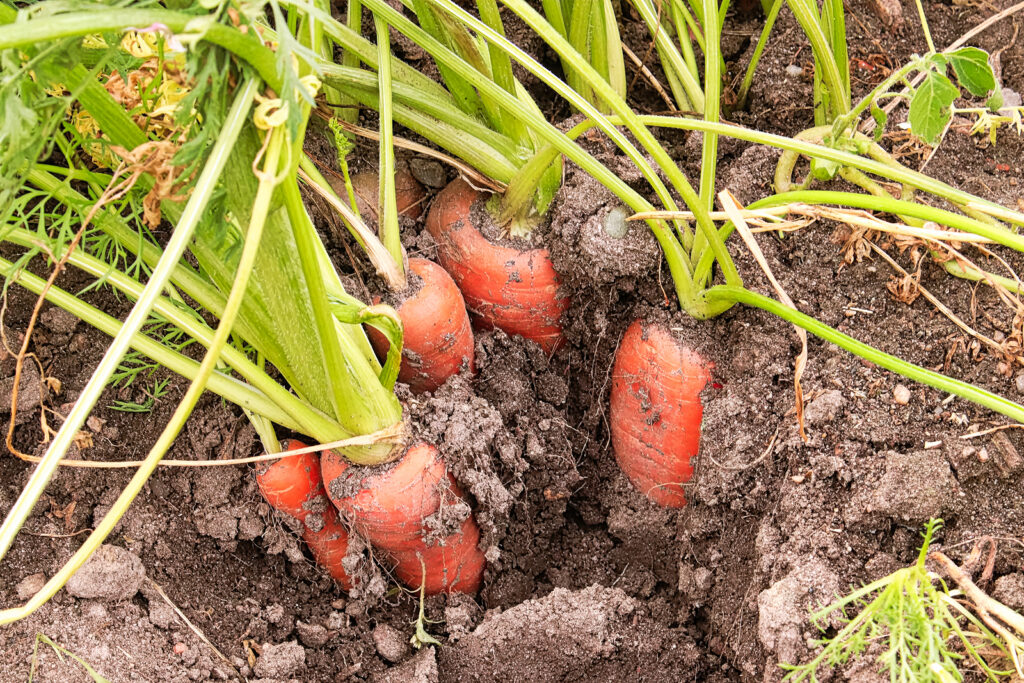
Late-Season: Preparing for Harvest
As carrots mature, reduce watering slightly to prevent cracking and improve sweetness. If you’re harvesting for storage, wait until the roots reach full size and color. You can leave carrots in the ground into early winter if the soil doesn’t freeze—just mulch heavily to protect them.
My Experience Growing Carrots
I’ve been growing carrots for over 30 years in raised beds and mounded garden rows across various climates in California, Massachusetts, and Iowa. Over the decades, I’ve learned that consistent moisture and early thinning are the keys to sweet, straight carrots. I’ve trialed dozens of varieties—Nantes, Danvers, Chantenay—and each requires slight adjustments in care. For example, Chantenay types handle heavier soil better, but still benefit from regular mulching and deep watering. These practices aren’t just theory—they come from hands-on success and failure in my own garden season after season.
Final Tips
- Water deeply and consistently.
- Thin early and carefully.
- Feed lightly with balanced nutrients.
- Keep weeds under control.
- Mulch to maintain moisture and regulate soil temperature.
With these care tips, your carrots will reward you with vibrant color, rich nutrition, and crisp, sweet flavor.
Carrot Growing Hub
The Ultimate Guide to Growing Carrots from Seed to Harvest
1. Getting Started (Site & Timing)
- Where to Plant Carrots for the Best Root Development
- When to Plant Carrots: Timing for Every Season
- Carrots Seed Starting Tips
- How to Plant and Grow Carrots in Winter
- Grow Carrots Anytime of the Year in Five Steps
- How to Grow Carrots in Containers or Raised Beds
2. Planting & Varieties
- How to Plant and Space Carrots for Optimal Growth
- Carrot Varieties by Type: Best Picks for Home Gardeners
- Orange, Yellow, Red, Purple, and White Carrots: How to Choose the Right One
- Carrot Companion Plants: What Grows Well Together
3. Growing & Care
- Caring for Carrots Throughout the Growing Season
- How to Water Carrots the Right Way
- Carrot Crop Rotation: What to Plant Before and After
- Carrot and Parsnip Growing Problems: Troubleshooting
4. Harvest, Storage & Use

